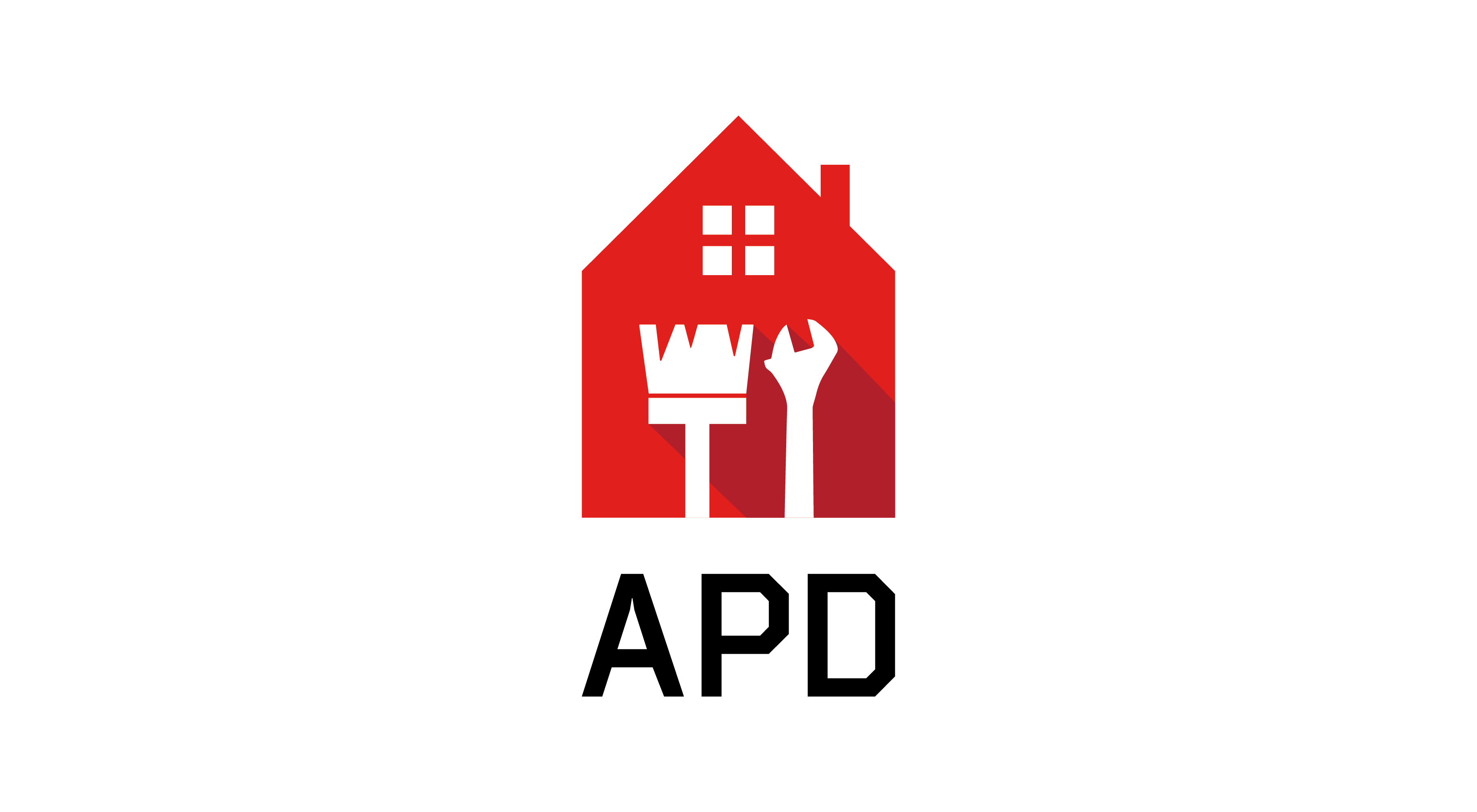Home remodeling
Home Remodeling Steps
Tackling a whole home renovation is not for the faint of heart. This is a project that for many people will be a once-in-a-lifetime experience. This typically means that most homeowners are in a position of “you don’t know what you don’t know.” In other words, you will have a general idea that there are a lot of details involved, but won’t have any idea just how many until you start your project.
Fortunately, we’ve worked with many central Orange County homeowners on their whole home renovation projects, and know just how many details go into getting a whole home renovation right. We love planning and designing and building out our clients’ dream renovations, and over the years have developed a general whole home renovation checklist to help our clients understand the process better.
So, what are the general whole home remodeling steps you should follow? And what sorts of things should be on your home remodel checklist? Here’s our best tips to help plan and organize your renovation.
Whole Home Remodeling Steps
While this is by no means an exhaustive checklist, the following is the general order of a whole home remodel. Some of these steps might happen concurrently, but for the most part, the next step on the list cannot be completed until the previous step is completely done.
As you look to begin your whole home remodel, here’s the general order of operations:
1. Planning and Design
This step includes laying out your budget, working with your designer and builder to communicate your vision, securing permits for the build and any other pre-planning steps. Your builder will also help you at this point to decide if or when you may need to relocate during your remodel.
2. Demolition
You can’t build in the new without tearing out the old! Demolition can run a full range of intensity, from simply moving out old furniture and tearing down a few walls to a full gut which includes tearing out everything but key structural elements and your exterior walls.
3. Rebuilding/Framing
The extent of this step is largely due to your plan. You may need to rebuild extensively, or this might only be framing in a few new walls.
4. Mechanicals/Plumbing/HVAC/Electrical
This step includes all the “behind the scenes” elements and typically runs concurrently with rebuilding and framing. Basically, anything that needs to go inside floors, walls or ceilings will be completed in this step. It could include some minor adjustments to plumbing and electrical or could be a full rewiring or replumbing of your home.
5. Walls
Once everything has been reframed and rebuilt, all mechanicals are where they need to be and insulation is in place, drywall can go up. It will need to be taped and mudded, then the mud will then need to dry and be sanded. Once the walls are smooth, they’ll be ready for primer, paint or other finishes. Many contractors like to paint at this point so that drips or overspray are avoided on final finishes.
6. Flooring
Not all contractors like to do this step in this order. Some contractors may want to wait until all paint is finished and dust is settled to do final floor installation. Your builder will discuss this step with you and make sure it is at the right stage in your whole home remodel.
7. Cabinets
Anything that needs to be “fixed” into your space will be installed at this time. Kitchen and bathroom cabinets and fixtures will start to go in and you’ll really start to see your space coming together at this stage.
8. Appliances
Refrigerators, stoves, dishwashers and any other appliances and mechanicals are installed at this stage. Your home is likely fully functional at this point, though there are some final elements missing.
9. Final Touches/Furniture/Accessories
This is the stage where all the hard work starts to pay off visually. Backsplashes are installed, that perfect faucet you picked for the half bath goes in, wallpaper is put up, and accessories, art and furniture are moved in.
Home Renovations and Whole House Remodeling in Orange County

